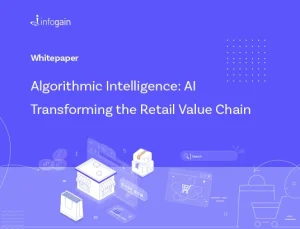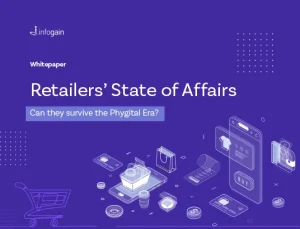- Posted on : July 10, 2025
-
- Industry : Corporate
- Type: Blog

“What if you could build software just by talking to your computer?”
Sounds futuristic, but it’s already happening. It is called vibe coding: you describe what you need, and an AI tool translates that intent into functional code.
The first time I tried it; it felt like magic. But the illusion quickly faded when it met the real-world demands of professional development; flawed architecture, unscalable functions, and technical decisions made by an AI tool with no understanding of business goals or system constraints.
That’s when it hit me: AI does not replace our responsibilities as engineers. It supports and enhances our work—but it also challenges us to be even more intentional, thoughtful, and accountable in how we build.
We are living a transformation, not a simplification
No-code, low-code, and now vibe coding marks a fundamental shift in how we approach software development. But ease of creation does not guarantee quality.
Voice-generated code can be a powerful tool; great for handling repetitive tasks or spinning up quick prototypes. But without a foundation in solid engineering principles—Clean Architecture, Domain-Driven Design, design patterns, scalability—we risk creating technical debt faster than ever.

Image source: https://learn.microsoft.com/en-us/azure/architecture/microservices/
Software still needs structure
AI does not know if your service needs to be decoupled, whether Command Query Responsibility Segregation (CQRS) is the right fit, or if business rules should live inside aggregates. That’s still our job!
Speaking code does not absolve us from thinking deeply about modularity, traceability, observability, or security. In production environments, these aren’t nice-to-haves, they’re non-negotiable.
AI is powerful; but it’s not an architect
Think of it as a high-level assistant: it can suggest implementations, generate unit tests, and even help design interfaces. But technical direction, product vision, and long-term sustainability still rest with us, the developers, leading the way.
With AI, we can build faster. But we can also make mistakes faster. The responsibility to build wisely has not changed; it’s only become more urgent.
What are we really building?
Vibe coding is a tool - not a solution. The real question is not whether we can generate software by voice, but what kind of software we are creating. Is it maintainable? Scalable? Resilient to change?
As technical leaders and architects, our role is more crucial than ever: to use these tools with intention and discernment—and to ensure that speed and convenience do not come at the cost of stability and quality.
What are the experts saying?
Freddy Vega, CEO of Platzi, has emerged as one of the most insightful voices in Latin America on the rise of vibe coding. In a recent video, he shared a clear warning: "AI can help you build faster but not think better. Don’t turn your brain off. Reading code is still 90% of programming."
He reinforced this point by adding:
“Programming is still programming. This is a profession—and it’s not what people think. Reading code is 90% of the job. These are magical tools, but you must keep your skills sharp. Otherwise, automation will take over.”
Freddy underscores the danger of relying too heavily on AI tools without mastering the fundamentals. While these technologies are undeniably powerful, he cautions that they excel at replicating known solutions but often fail when faced with novel challenges.
His message is clear: embrace AI but do so wisely. Don’t trade craftsmanship for convenience—good engineering practices and continuous learning remain essential.
Global voices on the board
- Satya Nadella (Microsoft): “20–30% of our code is now written by AI…”, a clear sign of the industry’s scale shift.
- Sundar Pichai (Google): “Over 25% of new code is AI-generated, and then reviewed by engineers,” emphasizing the human-machine synergy.
- Thomas Dohmke (GitHub): “Soon, 80% of code will be written by Copilot — but that doesn’t replace the developer,” reminding us of the evolving expert role.
- Tobi Lütke (Shopify) and Luis von Ahn (Duolingo): “Have made internal decisions to delegate tasks to AI — but only after confirming humans understand and maintain what's critical.
Final Reflection
AI is here to stay, and it is an extraordinary ally. But like any powerful tool, its true value depends on the ethical, technical, and strategic frameworks we apply.
This is not about resisting change; it is about leading it with maturity. Vibe coding may be the present, but well-engineered software will always be the future.
Are you using AI to code? How do you balance speed with technical quality? I and the team at Infogain would love to hear your thoughts.
Sources: -
- Qué es vibe coding
- Up to 30% of Microsoft’s code is now written by AI: CEO Satya Nadella - The Economic Times
- Over 25% of new code is AI-generated, says Alphabet CEO Sundar Pichai - CNBC TV18
- GitHub CEO says Copilot will write 80% of code "sooner than later"
- Duolingo’s CEO outlined his plan to become an ‘AI-first’ company. He didn’t expect the human backlash that followed
- Shopify CEO: Prove AI can't do jobs before asking for more headcount




